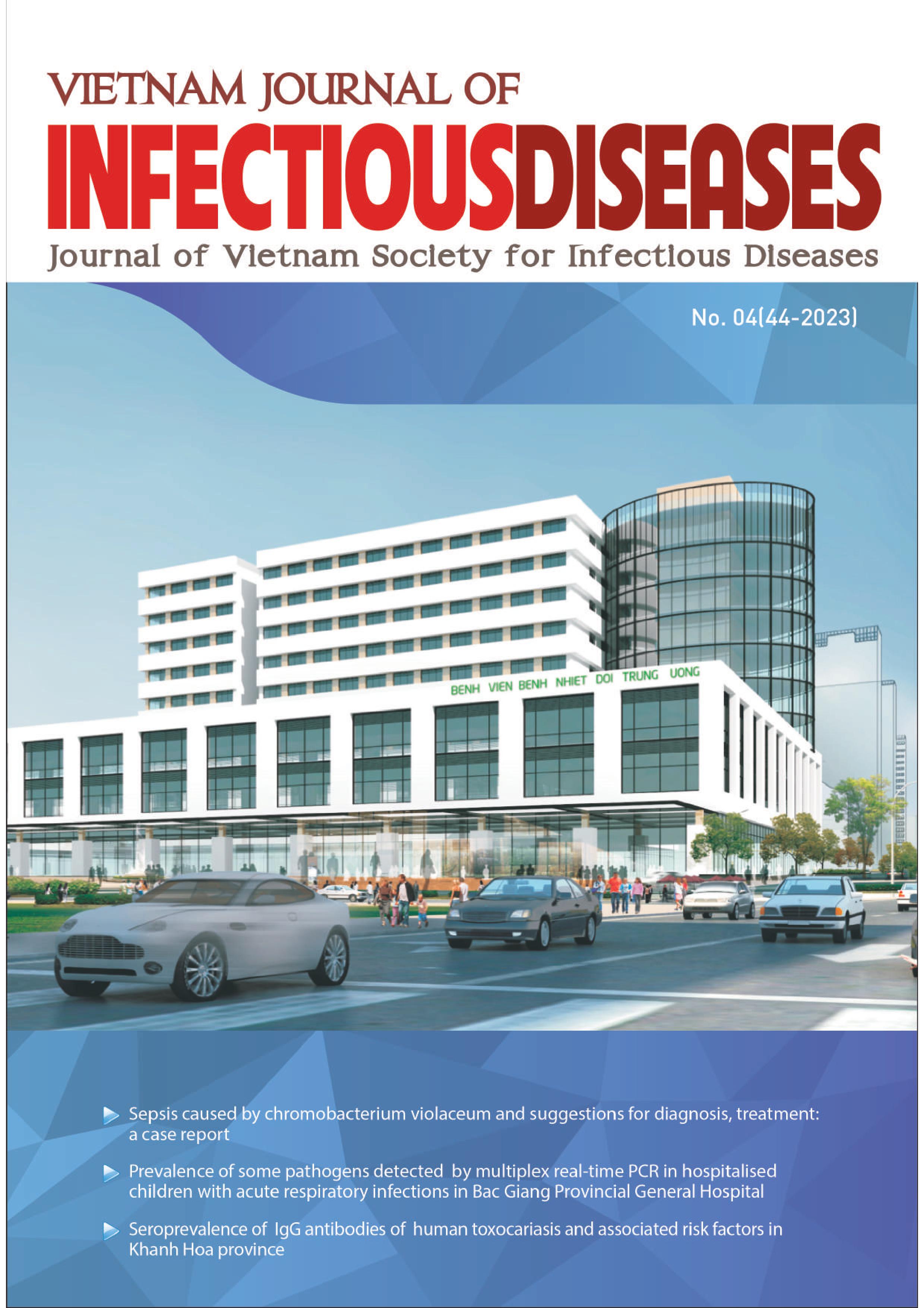HEPATOCELLULAR CARCINOMA IN OCCULT HEPATITIS B VIRUS INFECTION: A CASE REPORT
Main Article Content
Abstract
Occult hepatitis B virus infection is defined as the presence of hepatitis B virus DNA in the hepatocytes or serum of individuals who had tested negative for serum HBV surface antigen. Controversies remain as to the role of the occult HBV infection in the development of hepatocellular carcinoma (HCC) in immunocompetent individuals. It has been shown that the persistence of very low viral replicative activity during occult hepatitis B virus infection may induce mild liver necro-inflammation continuing for life, and substantial clinical evidence indicates that occult hepatitis B virus infection can accelerate the progression of liver disease towards cirrhosis that is considered the most important risk factor for hepatocellular carcinoma development. The aim of this case is to describe the clinical symptoms and laboratory data of the first case we encountered of HCC occurring in an OBI patient. A 52-year-old man came to the Infectious Diseases Unit because of right upper quadrant pain. Blood test showed negative for HBsAg, positivity for both anti-HBs and anti-HBc total, the quantitative assay of HBV DNA based on TaqMan technology was 2012 copies/mL, elevated serum alpha-fetoprotein level, the findings in abdominal ultrasonography and computed tomography showed a tumor in the right liver lobe with 12cm in size. The patient was transferred to the Military Hospital 175 Ho Chi Minh City for diagnosis of intermediate stage HCC, treated with transarterial chemoembolization (TACE) and antiviral treatment with tenofovir disoproxil fumarate (TDF).
Article Details
Keywords
Occult hepatitis B virus infection, hepatitis B virus, hepatocellular carcinoma, anti-HBc total
References
2. Global Burden of Disease Cancer Collaboration. Global, Regional, and National Cancer Incidence, Mortality, Years of Life Lost, Years Lived With Disability, and Disability-Adjusted Life-years for 32 Cancer Groups, 1990 to 2015: A Systematic Analysis for the Global Burden of Disease Study, JAMA Oncol., 2017;3: pp. 524-48.
3. Raimondo G, Allain JP, Brunetto MR, et al. (2008). “Statements from the Taormina expert meeting on occult hepatitis B virus infection”, J Hepatol., 49: pp. 652-7.
4. Raimondo G, Locarnini S, Pollicino T, et al. (2019). “Update of the statements on biology and clinical impact of occult hepatitis B virus infection”, J Hepatol., 71: pp. 397-408.
5. Tan YJ (2011). “Hepatitis B virus infection and the risk of hepatocellular carcinoma”, World J Gastroenterol., ;17(44): pp. 4853-7.
6. Makvandi M (2016). “Update on occult hepatitis B virus infection”, World J Gastroenterol.,22(39): pp. 8720-34.
7. Chao Weng, Rajneesh Kumar, Rehena Sultana, et al. (2021). “Occult hepatitis B virus infection and the risk of hepatocellular carcinoma: a systematic review and meta-analysis”, Dig Med Res., 4:46.
8. Schmeltzer P, Sherman KE (2010). “Occult hepatitis B: clinical implications and treatment decisions”, Dig Dis Sci., 55(12): pp. 3328-35.


